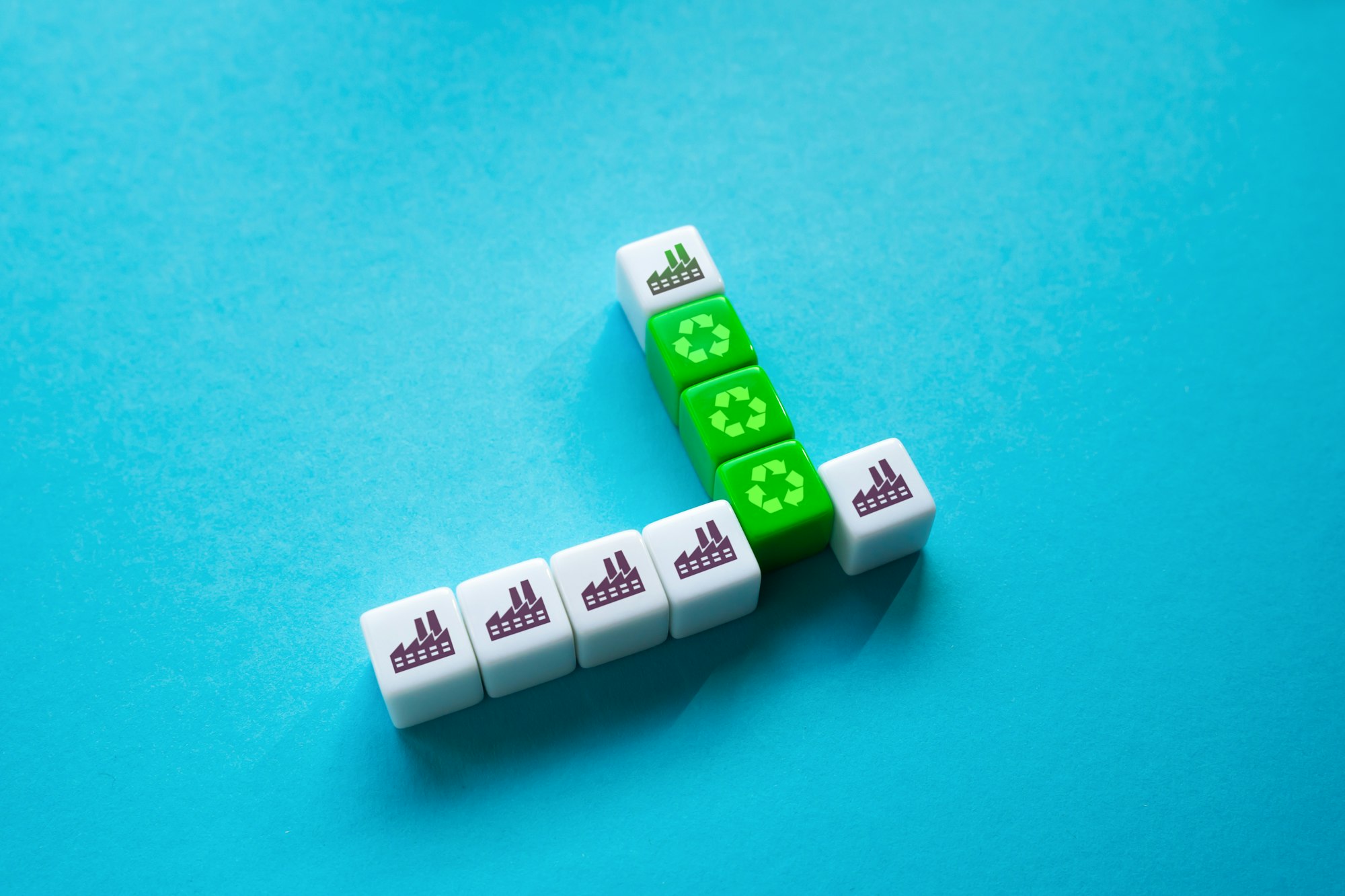In the face of environmental challenges such as climate change and resource depletion, green technology innovations are paving the way for a cleaner, more sustainable future. From renewable energy and clean transportation to waste reduction and smart infrastructure, green technologies offer viable solutions to mitigate environmental impact and promote sustainable development. In this guide, we’ll explore some of the most promising green tech innovations and their potential to drive positive change for the planet.
1. Renewable Energy Sources
Renewable energy sources such as solar, wind, hydroelectric, and geothermal power are leading the transition away from fossil fuels and towards a more sustainable energy future. Solar photovoltaic (PV) panels, wind turbines, and other renewable energy technologies are becoming increasingly efficient and cost-effective, making clean energy more accessible and affordable. By harnessing the power of renewable resources, we can reduce greenhouse gas emissions, combat climate change, and create a more resilient and decentralized energy infrastructure.
2. Energy Storage Solutions
Energy storage technologies such as batteries, pumped hydro storage, and thermal storage play a crucial role in integrating renewable energy into the grid and ensuring a reliable and resilient energy supply. Advances in battery technology, including lithium-ion batteries and solid-state batteries, are making it possible to store excess energy from renewable sources and use it during periods of high demand or when renewable energy generation is low. Energy storage solutions enable greater flexibility and stability in the grid, reduce reliance on fossil fuels, and support the transition to a renewable energy future.
3. Electric Vehicles and Clean Transportation
Electric vehicles (EVs) and other forms of clean transportation are transforming the automotive industry and reducing emissions from transportation, one of the largest sources of greenhouse gas emissions worldwide. EVs offer a cleaner and more sustainable alternative to conventional vehicles, with zero tailpipe emissions and lower operating costs. In addition to passenger cars, electric buses, trucks, bicycles, and scooters are helping to electrify transportation and reduce air pollution in urban areas. Charging infrastructure, smart mobility solutions, and incentives for EV adoption are key components of the transition to clean transportation.
4. Circular Economy and Sustainable Manufacturing
The concept of a circular economy aims to minimize waste and maximize resource efficiency by designing products, materials, and systems that can be reused, recycled, or repurposed at the end of their life cycle. Sustainable manufacturing practices such as eco-design, closed-loop recycling, and product lifecycle management are reducing the environmental footprint of industries and promoting resource conservation. By transitioning to a circular economy model, businesses can reduce waste, conserve natural resources, and create value from waste streams, contributing to a more sustainable and resilient economy.
5. Smart Cities and Sustainable Infrastructure
Smart cities leverage technology and data to optimize urban infrastructure and services, improve resource efficiency, and enhance quality of life for residents. Smart infrastructure solutions such as energy-efficient buildings, intelligent transportation systems, and integrated water management systems help cities reduce energy consumption, traffic congestion, and environmental pollution. By embracing smart technologies and sustainable urban planning principles, cities can become more resilient, livable, and environmentally sustainable.
Conclusion
Green tech innovations offer promising solutions to address pressing environmental challenges and build a more sustainable future for generations to come. From renewable energy and clean transportation to circular economy practices and smart infrastructure, green technologies hold the key to reducing greenhouse gas emissions, conserving natural resources, and promoting economic prosperity while protecting the planet. By investing in green technology and embracing sustainable practices, we can create a cleaner, healthier, and more resilient world for all.










